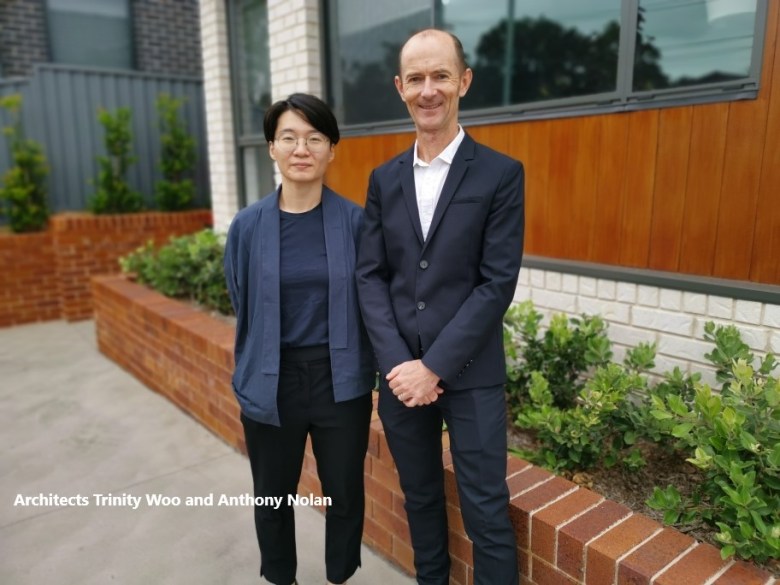Investment in Specialist Disability Housing (SDA) under the NDIS has made it possible for many eligible participants to live a more independent life thanks to new housing designs that did not exist before the NDIS.
When this type of accommodation was done earlier by governments the positive was that people had a genuine interest in who they were looking after, according to Anthony Nolan.
“But that is rare these days as SDA is generally attracting those concerned with how much profit is in it for them. I tell people who have been involved in SDA for a while, you have no idea what is coming over the horizon in terms of the poor quality in accommodation.
“This varying quality comes down to people motivated by the money to be made by NDIS funding who don’t necessarily have an understanding of what is in the best interests of the disability sector,” he told Link.
While acknowledging that the SDA Design Standard was excellent overall in dealing with core functional requirements, Nolan is disappointed that design probity was not included in the current standard. “The standard won’t tell you how many bathrooms to have for how many bedrooms, and how big the living area is compared to how many bedrooms. These overall quality aspects are not covered in many of the designs I see.
“Another often overlooked issue is that SDA Design Standard isn’t a one stop shop in terms of compliance as there will always be state-based controls for building approvals and the National Construction Code to take into account, which is messy and confusing.”
According to Nolan, who has designed over 200 SDAs, a majority of NDIS housing is speculative and guided by pricing, and an example of this strategy can be found in one-bedroom villas. “Most of the approaches I receive just want to build these one-bedroom units that have the highest funding, so the price guide tends to dictate what the builder wants.”
He said Seaton Villa is a good example where there is clear evidence of the needs and preferences for the residents who are going into the house and sense of underlying care in its construction. Which is a rarity at present.
“A two-bedroom villa plus a three-bedroom villa is quite common for us as a response to SDA but this is an expensive model and not many people are able or willing to spend the money to build a property like this. Partly from the impact on pricing and how pricing is working on the homes being built and in Sydney there is a problem with getting access to land.
“All building and design components are done nicely in these projects and are not just developed from a price guide.” Nolan said there is no central coordination with just opportunistically building of SDA homes and with it comes a concern that there will be more projects than people moving into them. “We could be talking about alternative uses for these houses over time.
“I get loads of project enquiries about how many units will fit onto the block and with it comes the push on pricing and what can be maximised on the side.
“You hear about other needs when it comes to housing and the most exciting thing for me is getting away from a single land use model down the track. Currently we are talking to people about doing housing where we mix more diverse tenants through the process. Maybe the front unit could be for someone not even related to the area behind, providing more mixed tenure.
“We are trying to get projects done for people who have NDIS funding, live with their family and don’t wish to move, so trying to find other housing solutions or options is an interesting new direction, especially when it comes to the issue of ageing parents in their 70s or 80s with a 50 or 60-year-old dependent, having to separate with parents going into a nursing home and their son or daughter goes into DA in a group environment which is unfamiliar territory,” he said.

